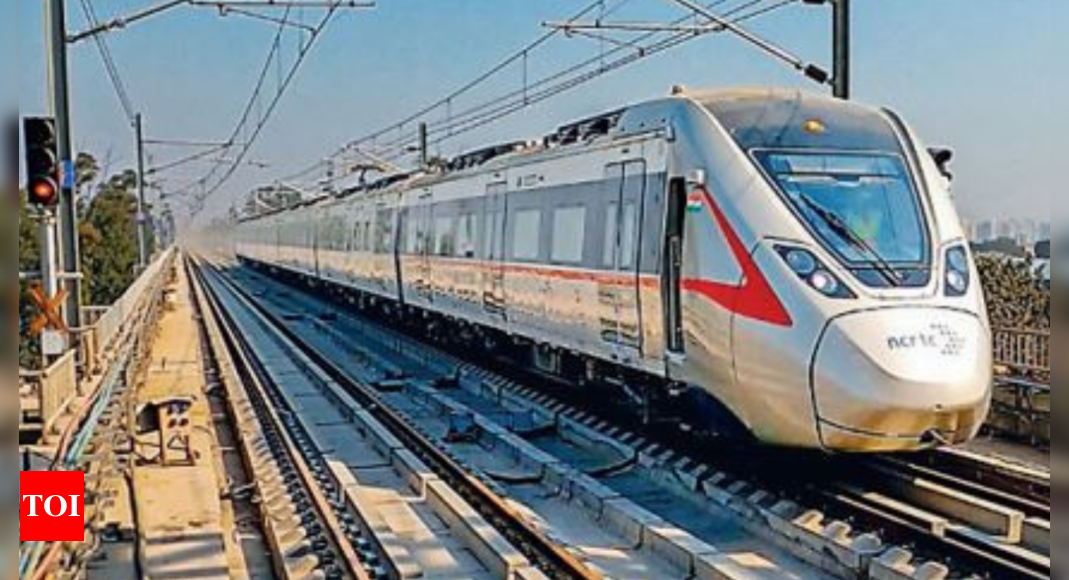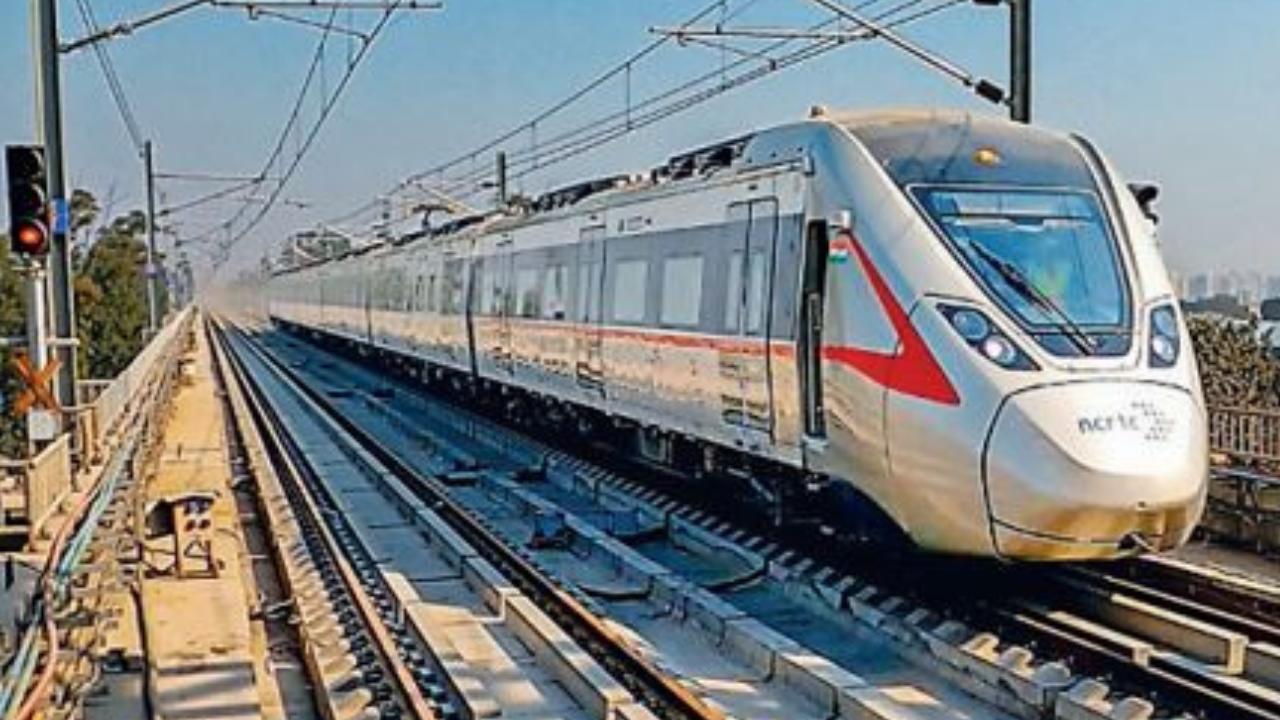NEW DELHI: Two corridors of the Regional Rapid Transit System — Delhi-Gurgaon-SNB-Alwar and Delhi-Panipat — will be a boon for commuters as these will bring the national capital closer to industrialised areas and educational and hospitality institutions of Haryana and Rajasthan.A detailed project report of the first stage of the Delhi-Gurgaon-SNB corridor has been approved by the respective state governments and is under consideration of the Centre, said an official of National Capital Region Transport Corporation (NCRTC), which is executing the project. “The NCRTC board, presided over by the chairman and secretary, Union housing and urban affairs ministry, approved the detailed project reports (DPR) of the Delhi-Panipat RRTS corridor on March 13, 2020. The Haryana government recently approved the corridor and it will be sent to the Centre for a formal approval once Delhi government gives a go-ahead,” the official said.However, the ministry informed Rajya Sabha on Monday that Delhi government had not agreed to provide financial support for the Delhi-SNB (Shahjahanpur-Neemrana-Behror) and Delhi-Panipat corridors. The ministry also said the DPRs with approval and financial commitment of the Haryana government for the Delhi-Panipat corridor and the approval with financial commitment of Haryana and Rajasthan for the Delhi-SNB corridor had been received. Heading out in the northwesterly direction from Delhi, the Delhi-Panipat corridor aims to connect the national capital with Murthal, Gannaur, Samalkha and Panipat in Haryana. “Populated with a large number of educational and hospitality institutions, this RRTS corridor will be the catalyst for growth and regional development,” the NCRTC official said.With a total length of 103km, the corridor will have 17 stations, including Murthal Depot. Six of these 17 stations are in Delhi: Sarai Kale Khan, Indraprastha, Kashmere Gate, Burari crossing, Mukarba Chowk and Alipur. It will take just 65 minutes to reach Panipat from Sarai Kale Khan once this corridor is made operational. The Delhi-Gurgaon-SNB-Alwar RRTS corridor, however, will be constructed in three stages. In the first stage, a 107km stretch from Sarai Kale Khan to SNB Urban Complex (Shahjahanpur-Neemrana-Behror) will be taken up. Enroute, the train will touch various regional nodes, such as Gurgaon, Manesar, Panchgaon and Rewari, among others. Eighty-three kilometres of this stretch will be in Haryana, 22km in Delhi and 2km in Rajasthan. The expected travel time from Delhi to SNB is 70 minutes. It will likely take just 20 minutes from SNB to Sotanala.In the second stage, the line will be extended from SNB to Sotanala (33.3km), with Shahjahanpur, Neemrana and Behror in between. The SNB-Alwar (58km) extension has been proposed as the third stage.“The Delhi-Gurgaon-SNB-Alwar RRTS corridor will pass through the industrialised areas of Haryana and Rajasthan. It is expected to increase the productivity of a large number of commuters travelling to and from Delhi and Gurgaon to regions in Manesar, Bawal and Neemrana. The construction of the corridor is majorly along the edge of the national highway,” the NCRTC official said.Meanwhile, the construction of the Delhi-Ghaziabad-Meerut RRTS corridor is on in full swing. The full corridor from Delhi to Meerut will open for the public in 2025, but the priority section of 17km between Sahibabad and Duhai is expected to be commissioned by March this year.
Source: https://timesofindia.indiatimes.com/city/delhi/rrts-corridors-to-bring-city-closer-to-ncr-towns/articleshow/97829740.cms


